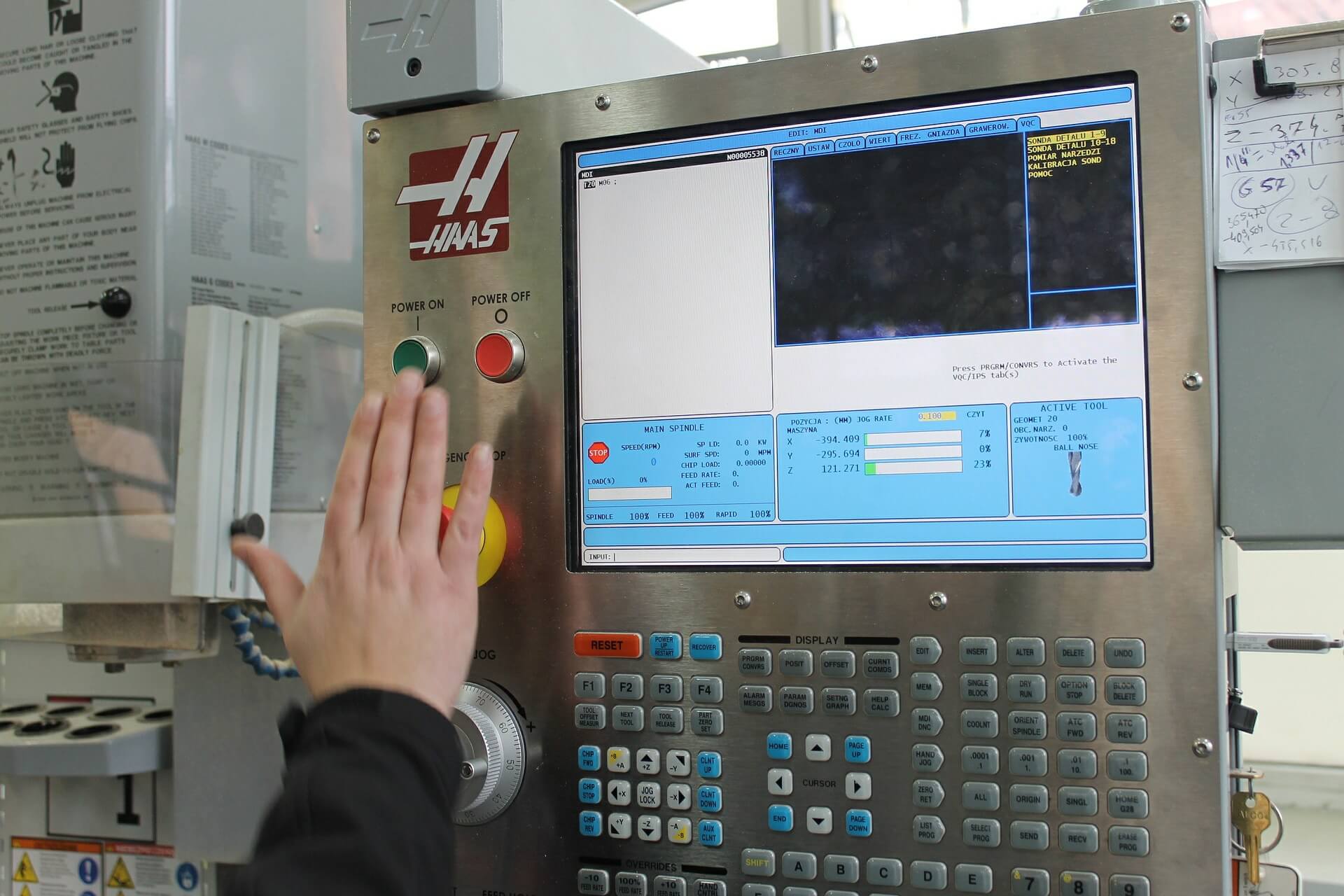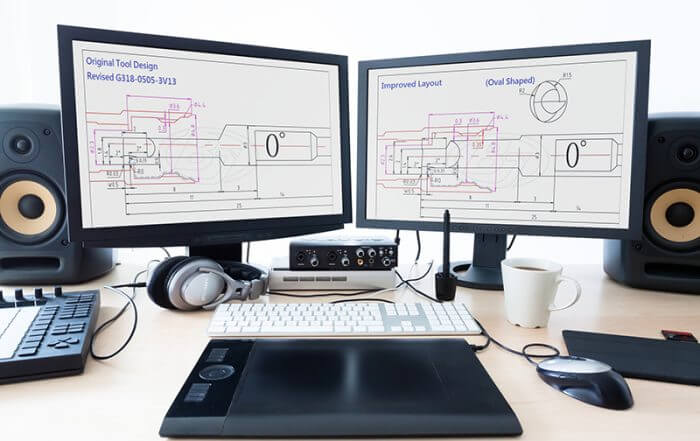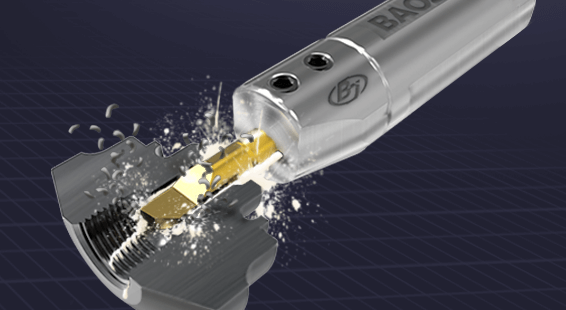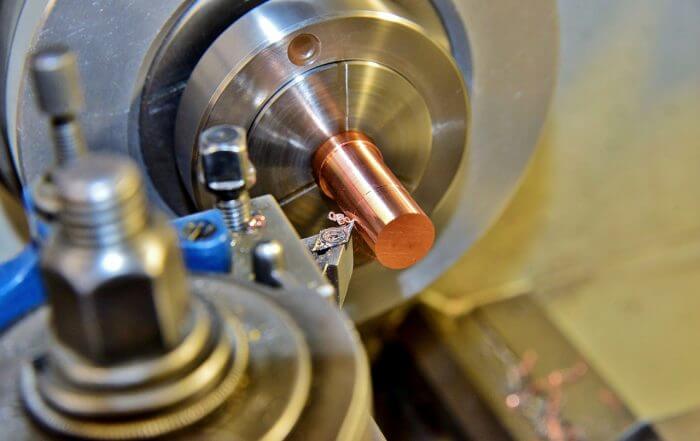How to Train CNC Lathe Technicians
 Rock Wang
Rock Wang
As CNC industry develops, all types of CNC machines are now available in the market for different applications, including turret type for medium/large workpiece processing, turret/gang-tool type turning-milling composite machines with bar feeder for medium/small workpiece processing. Various extensions and components are also offered by the machine suppliers to meet all types of market demand.
Computer numerical control (CNC) machines are capable of executing pre-programmed sequences of machine control commands. The appropriate coding (G-code, M-code, speed, feed, coordinate X-, Y-, and Z-axes…etc.) for each machine varies according to the machine’s processing range, processing capacity, workpiece material properties, types of processing tool (drill, tap, turning tool, milling blade… etc.), coolant types, spindle speed (set the spindle/rotary tool rpm (S) base on toolpath), depth of cut, and feed rate (F). The ability to determine these conditions and to program correct commands is commonly known as ‘technical capability.’
Since the technicians’ capability is already known, what can companies do to train technicians?
1. All new personnel are required to take fundamental capability test. First priority is 3D coordinative (X-, Y-, and Z-axes) concepts, Can see whether the new personnel have axial concepts via simple 2D drawing (as attachment 1). This concept is not only the fundamental principle for operating CNC lathe but also basic for CNC programs.
2. ‘CNC lathe related jobs require a background in mechanical engineering or related degree’ is a common myth. As long as a person has axial concept, good learning attitude (self-motivation is essential in workplace), and is willing to take assigned shift, the person can become a CNC lathe technician regardless of gender and educational background. With strong ambition, the person can even become a top engineer.
3. How to systematically train new personnel? Once a new employee passes the fundamental 2D coordinative concept test, a machine (within the allowance of downtime in the production line, or a machine not in work) can be used as training machine. All processing procedures, including machine operating system (getting familiar with the interface, functions and features), software program (learning appropriate commands with required coordinative concepts), hardware components (introduction of turret, gang-tool, and tool numbers), tool locking system (understanding locking direction, process of setting zero, and tool compensation), and introduction to axes and machine structure, must be explained and demonstrated thoroughly to the trainee; hands-on practice is necessary for the trainee to experience the accurate operation, procedure, pressure, usage of required tools, and return location for tools after use. With such practical training for starter the employee can have a basic understanding of the fundamental skills and job requirements; whether the employee has potential to become a top engineer can be observed and evaluated through future on-the-job training. If the employee finds no interest in becoming a technician after the practical training, the training process can immediately terminate. Although shutting down a machine for training is with high cost, but this is the only efficient method for the employee to experience the job requirements; if the employee starts working on-site without practical training beforehand, when the employee eventually quits the position due to lack of interest or inability to handle assigned duty, the time spent on and the salary paid to the employee will become vain and relatively higher than shut the machine down for training.
4. Industry 4.0, meaning standardization, automation and reduced manpower, is commonly agreed to be the industrial manufacturing trend. Industries should increase productivity and capacity of employees, and CNC lathe industry should also understand the forces driving the industrial evolution in order to find their path forward. Take programming for instance, traditionally it requires engineers to manually customize and modify the code according to each processing step; such traditional method is inefficient, labor-intensive and contains extremely high error rate due to unfamiliarity with equipment and corresponding commands (and different brand and model of machine requires different operating software which makes the programming more inefficiently).
A qualified engineer in the industry should have ability to code all types of machine processing program; however, as CNC lathe machines develop technology develop, numerical control data continues to update, and processing range keeps on expanding, it is no longer affordable for humans to memorize and to learn every requirements and commands to catch up the latest machines. As a result, CAD/CAM has become an inevitable tool for the industry: all tools must be systemized and standardized before inputting data into the software, so the software can function properly and effectively.
Once all relevant conditions are set, tools are standardized, and CAD/CAM is used to better the program, technicians can have time to test the conditions for processing, including material properties of workpiece, application of processing capacity, selection of tools, cutting speed, depth of cut, and feed. Learning the ability to check all required steps to ensure a smooth production is essential for a technician/engineer during the training procedure.
5. Competitive salary is essential to retain talents, though it doesn’t mean unconditional high payroll. A clear technical assessment can be used as a standard to evaluate abilities and technical skills of the personnel, and to set the corresponding pay raise. Such reward system can motivate the personnel to set goal and to continuously improve their skills. Appropriate criteria, preferably with recorded relevant data such as time to completion, should be set to measure the employee’s skilled proficiency at each level on the assessment in order to determine if the employee is qualified for the pay raise. Even within the same industry, companies still have different types of equipment and different culture; therefore it is important for each company to train their own technicians for the company’s long-term stability and benefits.
Extended reading:Analysis of CNC Lathe Technician Shortage
Extended reading:CNC Lathe Processing Industry situation
Other News
Superior techniques, premium quality adherence.
BAOJE industrial Ltd. Co. is a leading manufacturer of high quality micro boring tools with 30 years experience. We focus on what you need and endeavor to research the best quality of tools for your industry. These are some patents which include CNC grinding tool machine, sectioning machine, precision boring tools along with toolholders to satisfy your needs.
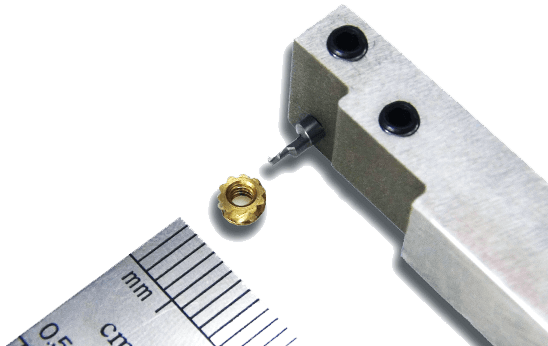
Superior techniques, premium quality adherence.
BAOJE industrial Ltd. Co. is a leading manufacturer of high quality micro boring tools with 30 years experience. We focus on what you need and endeavor to research the best quality of tools for your industry. These are some patents which include CNC grinding tool machine, sectioning machine, precision boring tools along with toolholders to satisfy your needs.


